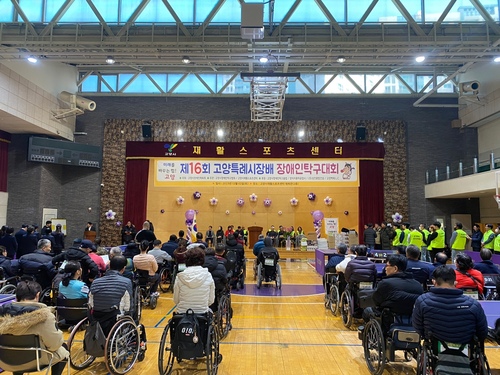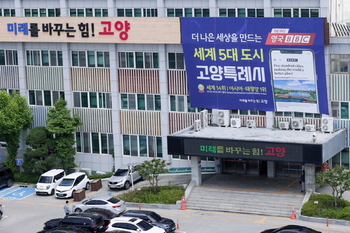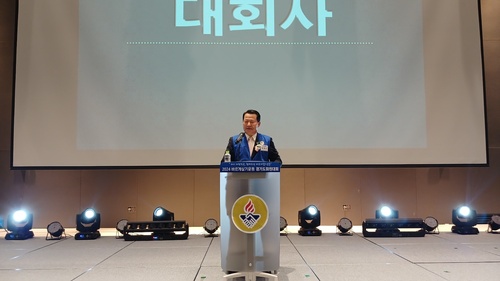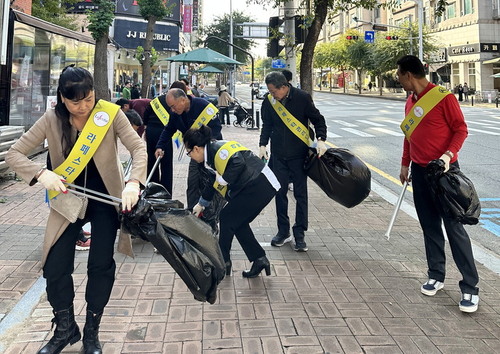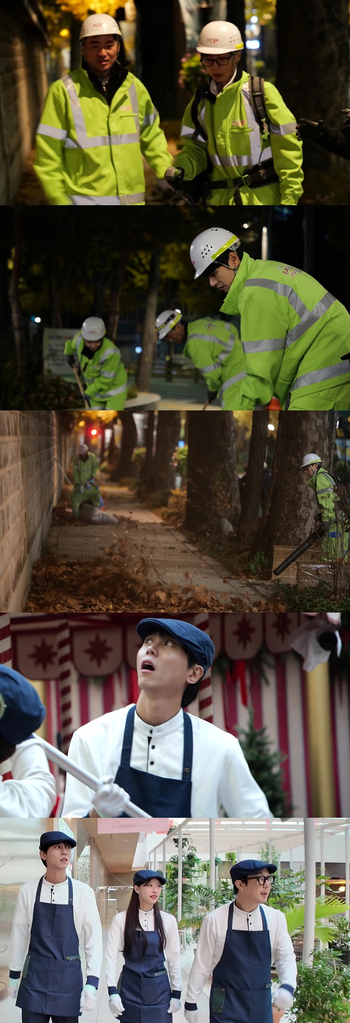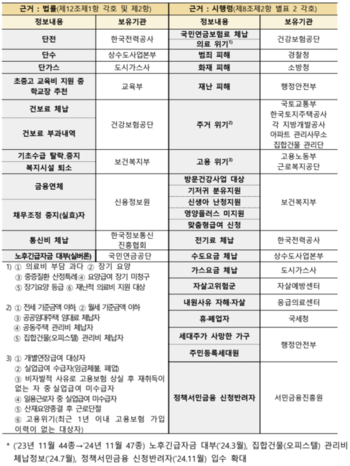|
전북에서 초등학교 고학년과 중학생을 중심으로 학교폭력을 경험한 학생 비율 가운데 지난해에 비해 중(0.6%)ㆍ고(0.5%)교생은 감소했으나 오히려 초등학생 피해가 지난해(917명)에 비해 0.4%(557명)가 증가한 것으로 나타났다.
특히 학폭 가해 이유로 '장난으로 특별한 이유가 없거나ㆍ자신을 괴롭혀서'라는 응답이 가장 많이 나온 것으로 조사됐다.
전북자치도 교육청은 이 같은 내용이 담긴 올해 1차 학교폭력 실태조사 결과를 26일 공개했다.
이날 공개된 조사는 시ㆍ도교육감 공동으로 한국청소년정책연구원과 한국교육학술정보원에 위탁해 초등학교 4학년부터 고등학교 3학년 학생 141,248명(4월 1일 기준)을 대상으로 지난 4월 15일 오전 9시부터 5월 14일 자정까지 1개월 동안 온라인으로 진행됐다.
도내 지역 참여율은 68.6%(97,283명 응답)다.
조사 항목은 학교폭력 피해ㆍ가해ㆍ목격 경험 문항 등으로 구성됐으며 전체적으로 피해 경험이 있는 학생은 전년 대비 0.2% 감소한 2.6%(5,509명)로 파악됐다.
피해 장소는 ▲ 교실(28.5%) ▲ 복도 및 계단(18.6%) ▲ 운동장(10.1%) ▲ 사이버공간(6.3%) 등의 순으로 학교내 다양한 장소에서 빈번하게 발생한 것으로 조사됐다.
유형은 ▲ 언어폭력(38.4%)▲ 집단따돌림(16.7%) ▲ 신체폭행(14.5%) ▲ 사이버폭력(8.1%) 등의 순으로 나타났다.
이 가운데 언어폭력은 사회적 민감도가 높아졌고 관련 예방 프로그램 확대 및 다양화로 소폭(9.5%) 감소했지만, 성 관련 사안과 금품갈취ㆍ스토킹 등은 증가했다.
또, 피해를 입은 시간은 학교 내 장소에서 학생 간 접촉이 빈번한 일과 시간인 ▲ 쉬는 시간(30.6%) ▲ 점심 시간(21.4%) ▲ 하교 이후 시간(11.2%) 순으로 나타나 담임교사 중심의 생활교육 강화 필요성이 시급한 것으로 분석됐다.
이 밖에도, 학교폭력을 목격한 학생들의 경우 '아무것도 하지 못했다(35.3)'는 응답이 가장 많았고 이어 '가해학생을 말렸다(17.1%)ㆍ주위에 알리거나 신고했다(15.7%)ㆍ같이 괴롭혔다(1.6%)' 등으로 응답했다.
전북교육청은 이번 실태조사 결과를 바탕으로 ▲ 체험 중심 및 학생 친화적 매체를 활용, 방관자를 방어자로 전환하는 맞춤형 예방교육과 역할극 확대 ▲ 학교폭력 조기 감지 및 대응 체계 강화 ▲ 신종 학교폭력 대응을 위한 유관 기관 협력 체계 구축 및 상설협의체 운영을 강화할 계획이다.
또한 피해 학생에 대한 빈틈없는 보호를 위해 ▲ 사안 발생 초기 보호 체계 강화 ▲ 피해 학생 전문지원기관 확대 및 법률 지원 서비스 강화 ▲ 피해 학생 전담지원관을 활용, 촘촘한 지원 체계도 확립한다.
아울러 ▲ 학교폭력예방지원센터 ▲ 학교폭력전담조사관 제도 도입과 자체 제작한 학교폭력 사안 처리 가이드북 및 Q&A 자료집을 모든 학교에 배부해 단위 학교의 업무를 경감하고 사안 처리의 전문성과 공정성 및 신속성 제고를 위해 총력을 기울인다.
전북교육청 김지유 민주시민교육과장은 "안전하고 평화로운 학교문화 조성을 위한 각종 예 방활동으로 전년 대비 피해 응답률이 소폭 감소한 것 같다"며 "학교는 사회구성원이 될 아이들에게 안전한 공간이어야 하는 만큼, 평화롭고 안전한 학교가 될 수 있도록 최선의 노력을 다하겠다"고 말했다.
☞ 아래는 위 기사를 구글 번역이 번역한 영문 기사의 '전문' 입니다. 구글 번역은 이해도를 높이기 위해 노력하고 있으며 영문 번역에 오류가 있음을 전제로 합니다. 【Below is the 'full text' of the English article translated by Google Translate. Google Translate is working hard to improve understanding, and assumes that there are errors in the English translation.】
Jeonbuk 'School violence victims, 2,509 people' experience Reason for the offense… There was no special reason as a joke!
Reporter Kim Jong-jin
Among the proportion of students who experienced school violence in Jeonbuk, mainly upper grades of elementary school and middle school students, the number of middle school (0.6%) and high school (0.5%) students decreased compared to last year, but the number of victims of elementary school students was 0.4% (557) compared to last year (917). people) was found to have increased.
In particular, it was found that the most common reasons for perpetrating school violence were 'for no particular reason or because it was a prank or because they were harassing themselves.'
The Jeonbuk Autonomous Provincial Office of Education released the results of this year’s first school violence survey on the 26th.
The survey released on this day was jointly commissioned by the Metropolitan and Provincial Superintendents of Education to the Korea Youth Policy Institute and the Korea Education and Research Information Service, and was conducted at 9 am on April 15, targeting 141,248 students from the 4th grade of elementary school to the 3rd grade of high school (as of April 1). It was held online for one month from midnight until midnight on May 14th.
The local participation rate in the province was 68.6% (97,283 responses).
The survey items consisted of questions about experiences of victimization, perpetration, and witnessing school violence, and overall, the number of students who had experienced victimization was found to be 2.6% (5,509 students), a 0.2% decrease from the previous year.
It was found that damage occurred frequently in various places within the school in the order of ▲ classrooms (28.5%) ▲ hallways and stairs (18.6%) ▲ playgrounds (10.1%) ▲ cyberspace (6.3%).
The types were in the order of ▲ verbal violence (38.4%) ▲ group bullying (16.7%) ▲ physical assault (14.5%) ▲ cyber violence (8.1%).
Among these, verbal violence decreased slightly (9.5%) due to increased social sensitivity and expansion and diversification of related prevention programs, but sex-related issues, extortion, and stalking increased.
In addition, the time of damage occurred in the following order: ▲ recess time (30.6%) ▲ lunch time (21.4%) ▲ time after school (11.2%), which are the work hours where frequent contact between students occurs in places within the school, resulting in life education centered on homeroom teachers. It was analyzed that there is an urgent need for strengthening.
In addition, among students who witnessed school violence, the most common response was 'I could not do anything (35.3)', followed by 'I stopped the perpetrator (17.1%), informed or reported it to people around me (15.7%), and bullied me together (1.6%). %)' etc.
Based on the results of this survey, the Jeonbuk Office of Education will: ▲ Expand customized prevention education and role-playing that turns bystanders into defenders by using experience-centered and student-friendly media ▲ Strengthen the early detection and response system to school violence ▲ Establish relevant organizations to respond to new types of school violence We plan to establish a cooperation system and strengthen the operation of a permanent consultative body.
In addition, in order to thoroughly protect victims, we will ▲ strengthen the protection system in the early stages of an incident, ▲ expand specialized support organizations for victim students and strengthen legal support services, and ▲ utilize dedicated support officers for victimized students to establish a tight support system.
In addition, ▲ School Violence Prevention Support Center ▲ Introduced a dedicated school violence investigator system and distributed self-produced school violence case handling guidebooks and Q&A materials to all schools to reduce the work of each school and improve professionalism, fairness, and speed in case handling. Do your best to.
Kim Ji-yu, head of the Democratic Citizenship Education Department at the Jeonbuk Office of Education, said, "It seems that the damage response rate has decreased slightly compared to the previous year due to various preventive activities to create a safe and peaceful school culture."He added, "As schools must be a safe space for children who will become members of society, they are peaceful and peaceful. We will do our best to make it a safe school," he said. 원본 기사 보기:브레이크뉴스 전북판
이 기사 좋아요
<저작권자 ⓒ 와이즈월드뉴스 무단전재 및 재배포 금지>
댓글
|
많이 본 기사
|



















